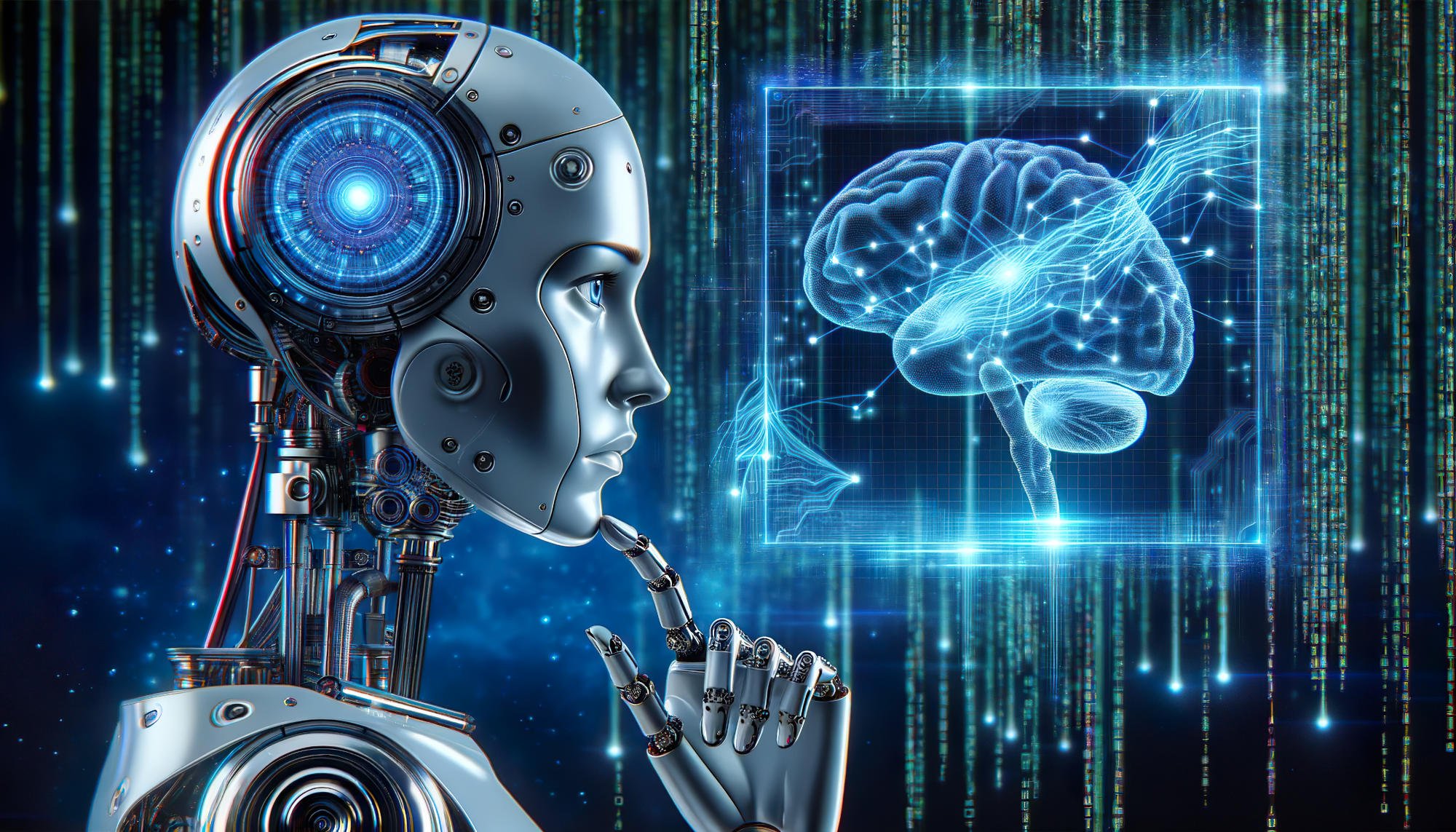One of the most potential uses of artificial intelligence is robotics, which has impacted many other sectors. Artificial intelligence lets robots accomplish arduous jobs accurately and efficiently. This article analyzes the role of artificial intelligence in robotics, its applications, current advances, benefits, problems, and future possibilities.
How AI is Changing Robotics
The key to robot advancement is AI. AI allows robots to learn from data and adapt to changing situations, allowing previously inconceivable actions. Modern algorithms and machine learning let robots observe, decide, and act independently. AI helps robots recognize things, negotiate challenging terrain, and communicate naturally.
Robots using AI may operate in industry, healthcare, agriculture, and space. AI-driven robots may automate risky and repetitive production activities, enhancing safety and productivity. Robots can help doctors with delicate duties, patient care, and sophisticated procedures. For optimal agriculture, AI lets robots monitor crops, recognize illnesses, and manage resources. For space research, AI robots can travel interplanetary and collect data in harsh conditions.
AI in Robotics
AI has several robotics applications.
Autonomous vehicles
Popular uses include autonomous autos. AI assists self-driving cars with sensor utilization, real-time data interpretation, and road safety. Traffic congestion, accidents, and transit efficiency may improve with this technology.
The Medical Industry
AI robots are also used in healthcare. AI robots aid medical, rehabilitation, and patient care. They can check vital signs, remind patients to take medications, and provide physical therapy. AI-powered robotic surgical equipment improves precision and patient outcomes, making them appealing.
Industrial Automation
AI is commonly used in industrial automation. AI-enabled robots assemble, inspect, and package without humans. This enhances quality, production, and cost.
Security and monitoring:
AI-powered security and surveillance robots detect intruders and suspicious behavior. These robots examine live video streams and notify operators of threats.
Predictive maintenance:
AI systems forecast equipment breakdowns and maintenance needs using robot sensor data. This optimizes maintenance schedules and reduces downtime, improving efficiency and cost.
Swarm Robotics:
AI helps swarms of robots collaborate on hard tasks. Swarm robots are used in search and rescue, environmental monitoring, and distributed sensing.
Benefits of Using AI in Robotics
AI in robotics has several benefits.
- First, AI improves robot accuracy and precision, increasing production and reducing mistakes.
- Second, AI-driven robots may improve worker safety. Robots can protect workers from harm by handling poisonous materials or working in unsafe situations. This preserves workers’ health and prevents accidents and injuries.
- Additionally, AI in robotics lets robots learn and adapt. Robots may improve efficiency and enhance their behaviors by evaluating data and increasing performance. Due to their versatility, AI-driven robots can perform a wide range of activities, increasing industry flexibility.
Conclusion
AI in robotics is changing industries and creating new opportunities. AI lets robots see, learn, and adapt to accomplish complicated tasks precisely and efficiently. While AI in robots has hurdles and limits, its future is bright. As companies continue to incorporate AI in robotics, humans and robots will work together to make great advances in many fields.
How useful was this post?
Click on a star to rate it!
Average rating 4.8 / 5. Vote count: 5
No votes so far! Be the first to rate this post.
We are sorry that this post was not useful for you!
Let us improve this post!
Tell us how we can improve this post?





